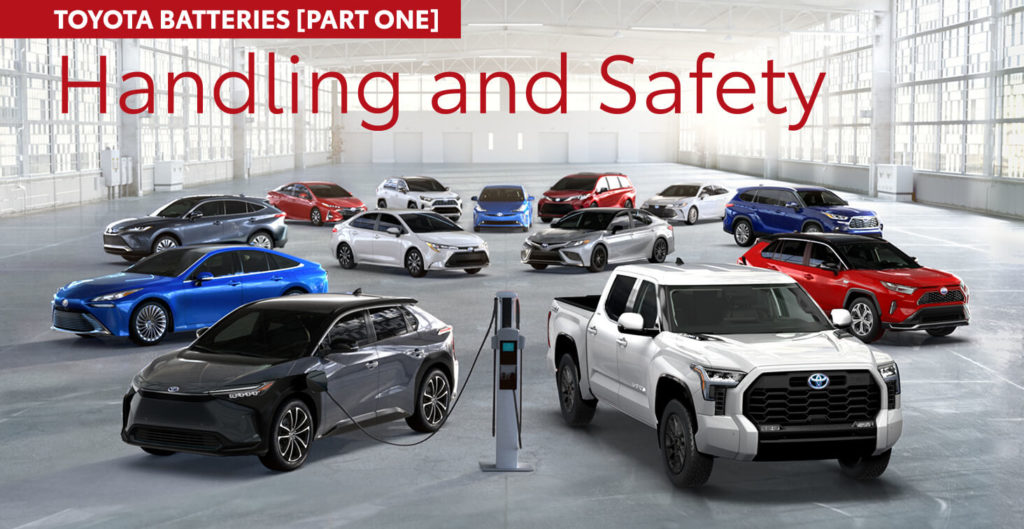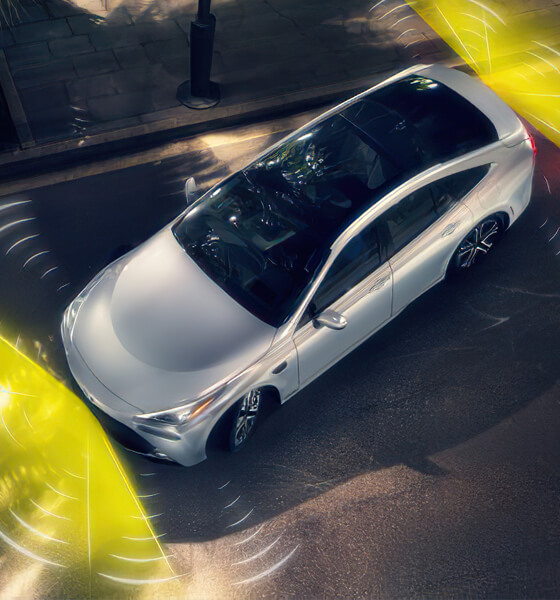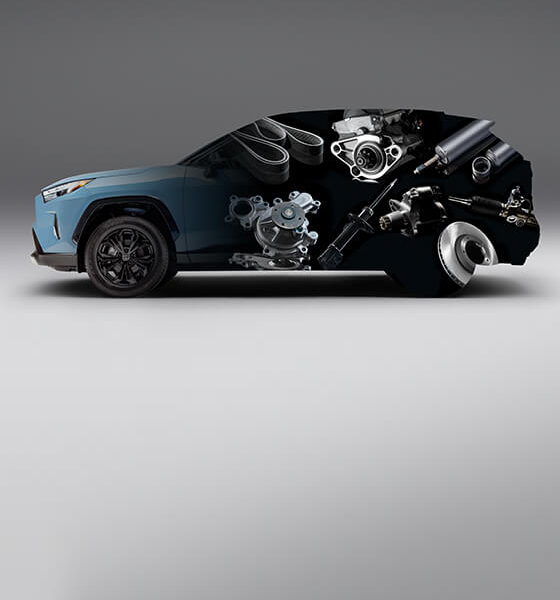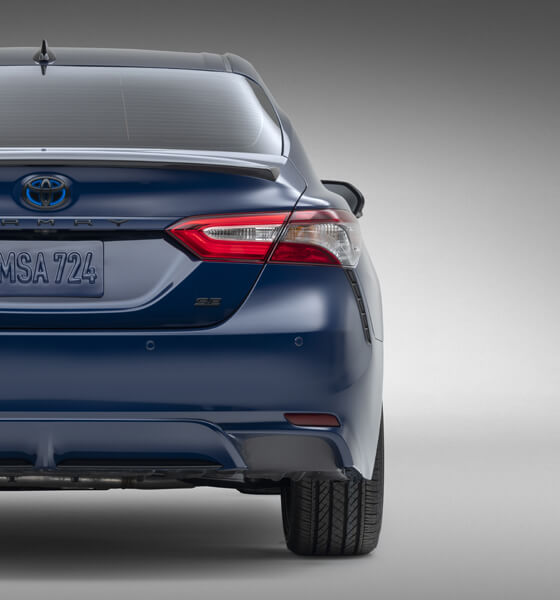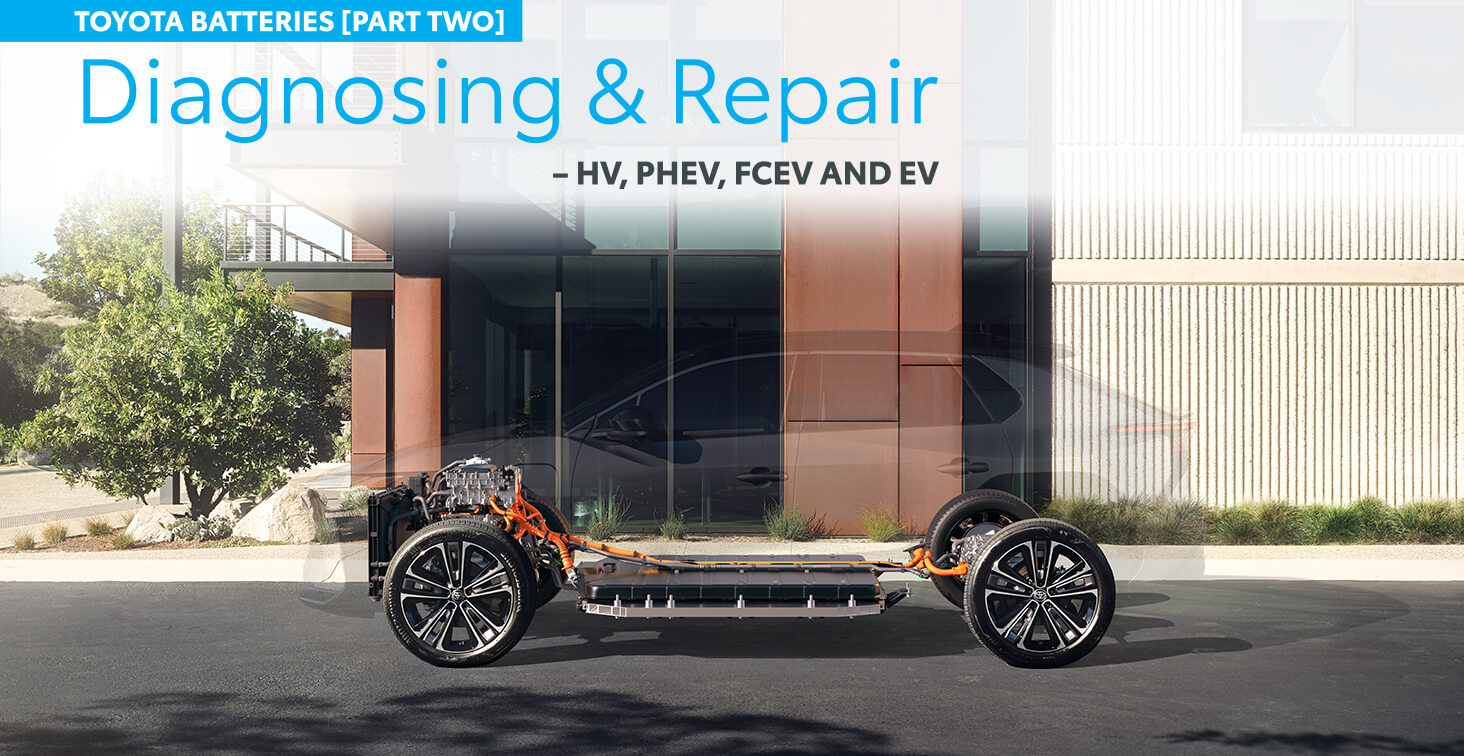
TOYOTA BATTERIES (Part Two)
DIAGNOSING & REPAIR —HV, PHEV, FCEV AND EV
When a hybrid, plug-in hybrid, fuel cell EV, or EV comes into your shop, estimating, diagnosing, and repairing one of these vehicles presents new challenges, including:
- Disarming the high voltage systems
- Additional refinishing time
To assist you, TIS provides you with the assets that will help you get up-to-speed on these high-tech vehicles. In many cases, Toyota has a repair bulletin that outlines how to protect yourself during repairs and provides precautions that need to be taken before the inspection and service of the high-voltage circuit.
BEST PRACTICES
When an EV, PHEV, FCEV or HV has been in a collision, there’s a chance that the battery and its contents have been compromised. The significant dangers of damaged batteries and wiring are electrocution and combustion. As a precaution, after the vehicle has been in an accident, all high-voltage batteries must be treated as though they are unstable.
Recommended procedures technicians need to be aware of when working on an EV, PHEV, FCEV, or HV vehicles are:
- After turning the car off and removing the service plug grip, wait at least 10 minutes to discharge the high-voltage capacitor inside the inverter.
- If the battery has been damaged or punctured, isolate the vehicle at least 50 feet away from other flammable or combustible materials.
- Objects that could start the engine or hybrid system, including key fobs, should be stored away from the vehicle and locked in a container out of range from the vehicle.
- Once a high-voltage battery is disabled and discharged, the vehicle should never be rolled on its wheels, as this can generate voltage to the battery system.
- High-voltage personal protection equipment, including gloves (rubber and leather), boots, face shield, and safety glasses, are necessary.
- Check insulated gloves to ensure they are free of cracks, tears, and other types of damage before starting your work.
- Never carry any metal objects — like mechanical pencils or rulers — near the vehicle you are servicing; if they are accidentally dropped into the engine, they can cause a short circuit.
- Before touching a bare high-voltage terminal, wear insulated gloves and use a tester to make sure that the terminal voltage is 0V.
- After disconnecting or exposing a high-voltage connector or terminal, insulate it immediately using insulating tape.
- Bolts and nuts used for high-voltage terminals should be tightened to the specified torque — insufficient or excessive torque could cause a failure.
- Post a “CAUTION: HIGH VOLTAGE DO NOT TOUCH” sign near the vehicle to notify others that the high-voltage system is being inspected and/or repaired.
- When welding on an EV, PHEV, FCEV, or HV, follow the same precautions as when welding on a conventional vehicle; as a best practice, disconnect both the 12V battery and the high-voltage battery service disconnect.
- After servicing a high-voltage system and before reinstalling the service plug grip, check that you have not left any parts or tools inside, that the high-voltage terminals are firmly tightened, and that the connectors are correctly connected.
- When working on a high-voltage circuit, use either a tool wrapped with vinyl insulation tape or use an insulated tool.
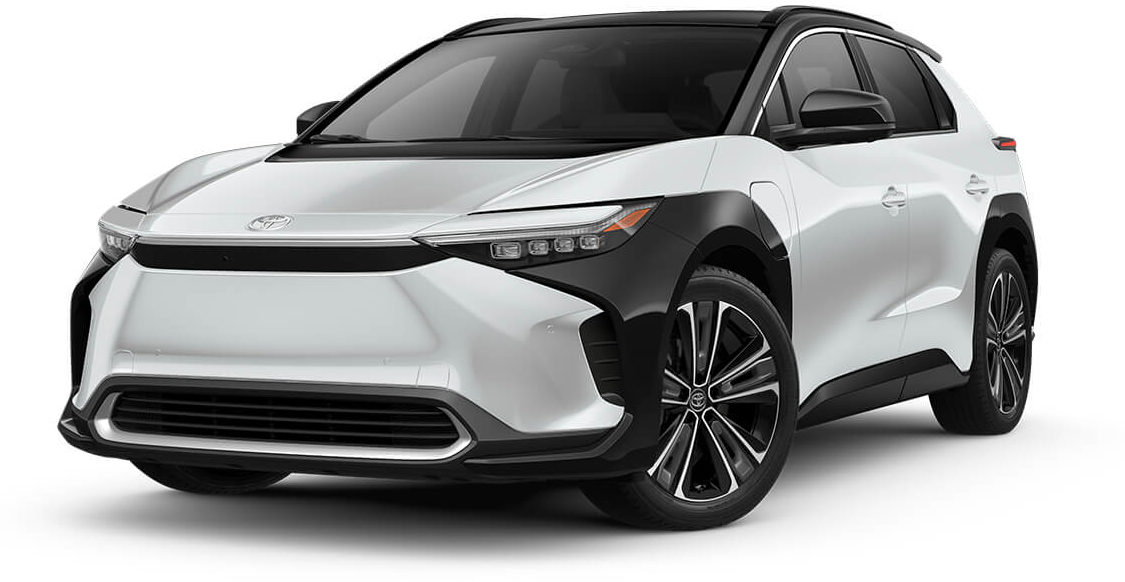
There may be additional guidelines and cautions, so be sure to read the appropriate bulletin for the vehicle you are repairing before starting repairs.
BATTERY MAINTENANCE FOR HYBRID AND AUXILIARY BATTERIES
When storing a vehicle for 30 days or more, confirm the shift lever is in the “P” position, turn off all lights, accessories, and the hybrid system, then disconnect the negative terminal on the auxiliary battery.
Hybrid vehicle auxiliary batteries can be damaged by charging at high current rates.
- If charging is necessary, be sure to use a hybrid auxiliary battery charger because they have microprocessors that vary the charge rate depending on the battery needs.
- Toyota Technical Service Bulletin TSB-0043-16, found on TIS, outlines proper handling and charging of hybrid vehicle auxiliary batteries.
- Special Service Tool (SST) GR8 Battery Diagnostic Station is the Toyota specified battery charger designed for charging auxiliary batteries.
If the HV battery is low when the vehicle is running, the gasoline engine will automatically start and the generator will charge the HV battery.
The 12-volt auxiliary battery will be charged by the HV battery. Suppose the auxiliary battery is low on charge. In that case, you may also use a jump box to READY the vehicle and allow the onboard charging system to restore the auxiliary battery to its ideal charge level.
WORKING ON THE MIRAI FUEL CELL VEHICLE
Before starting repairs on a Mirai, an FCEV-Qualified Toyota Dealership and Technician must be consulted to assess the damage to the hydrogen fuel system components (i.e., the fuel cell stack, fuel system piping, receptacle, tube joints, sensors, regulator, and tank assemblies) prior to collision repairs. Find a Toyota Dealer
Many precautions for EVs and HVs are the same for the Mirai, but you must remember you are also dealing with compressed hydrogen stored in tanks.
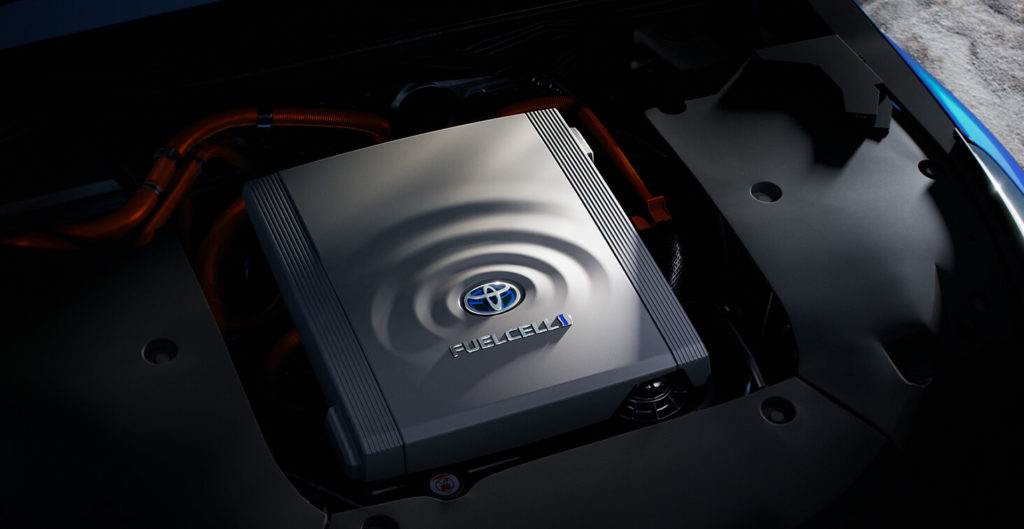
- The tanks on Mirai store hydrogen at high pressures, and the hydrogen must be released prior to removing the tanks from the vehicle. Have an FCEV-Qualified Toyota Technician assist in the releasing of the hydrogen.
- High-pressure hydrogen pipes have red insulation for identification purposes.
- Toyota genuine fuel cell stack coolant cannot be reused – refill only with new Toyota Genuine FC Stack Coolant Full Service Kit-20L (P/N 08889-80350).
- When cutting and welding, do not allow sparks or hot fragments to contact the hydrogen fuel components. If that occurs, remove the hydrogen tanks before proceeding.
- Do not allow solvents to contact the hydrogen fuel tanks.
SAFETY FIRST
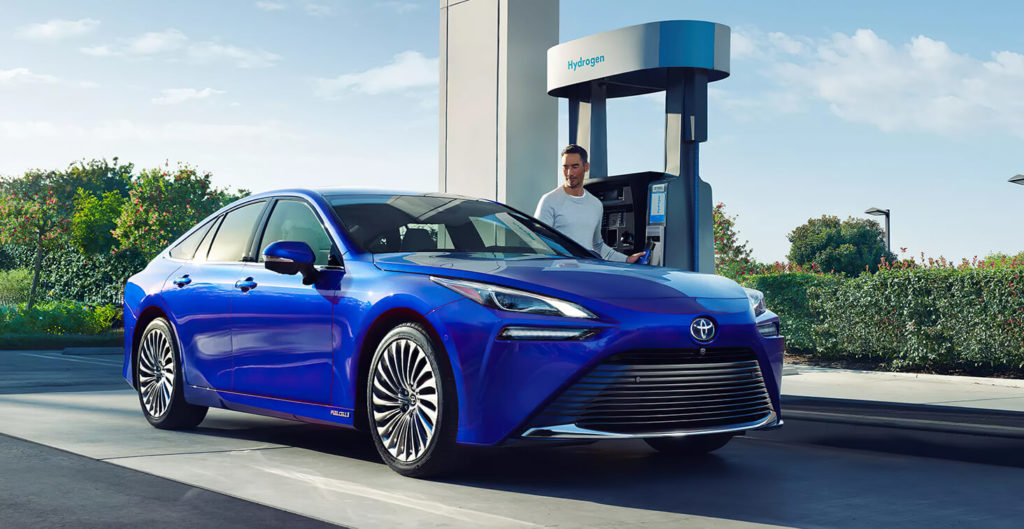
Safety is critical, no matter which vehicle or battery you are working on. Always do your research and take the appropriate precautions before working on one of these sophisticated vehicles.
